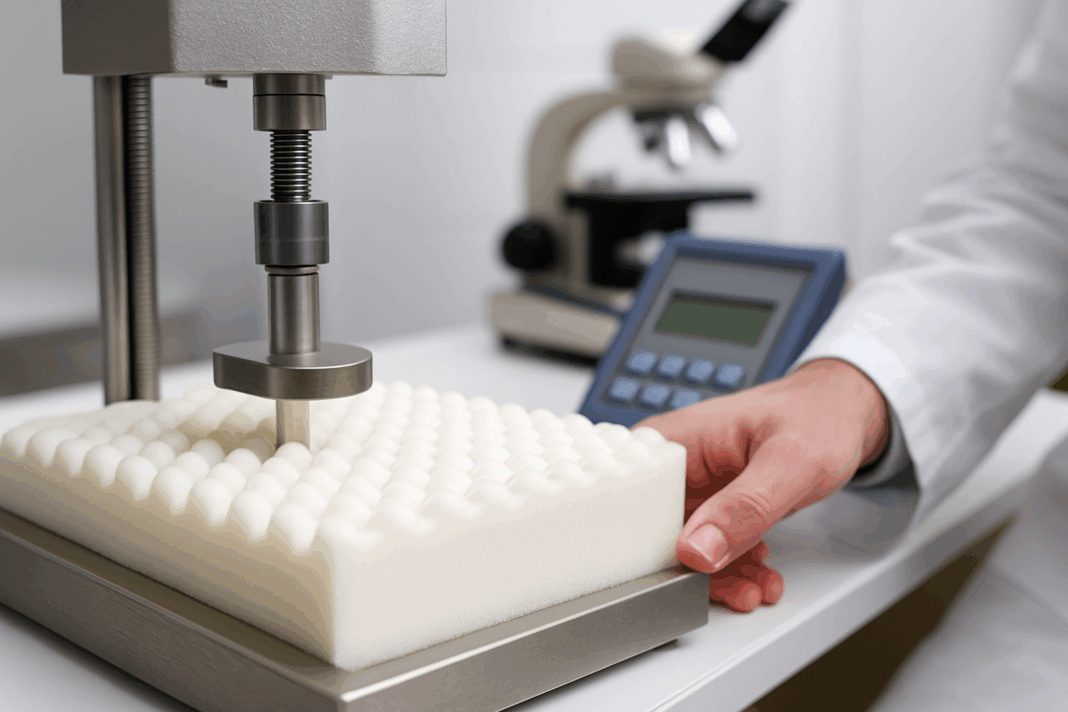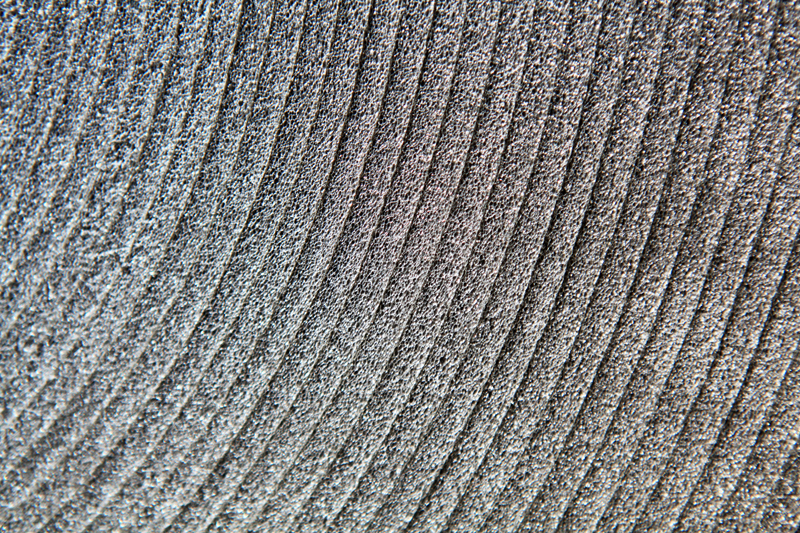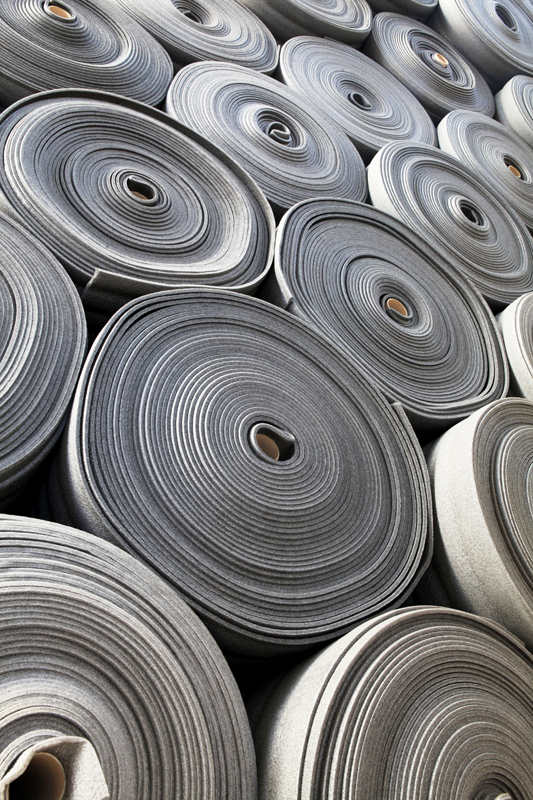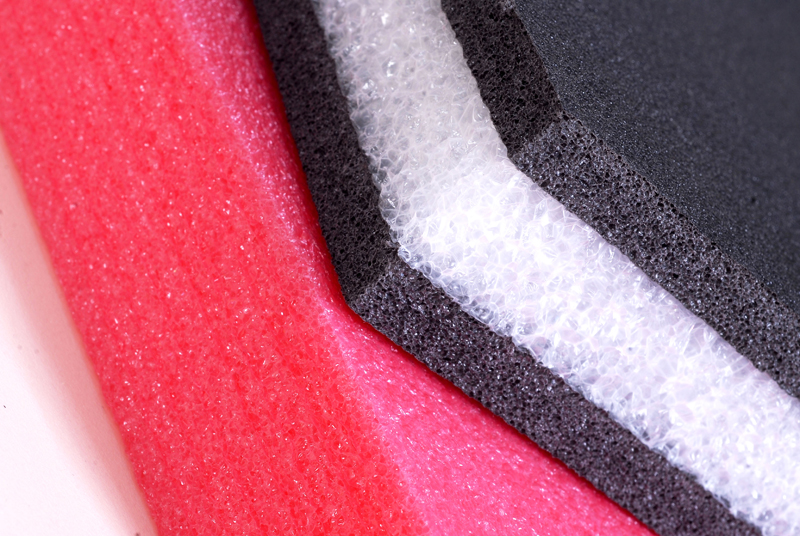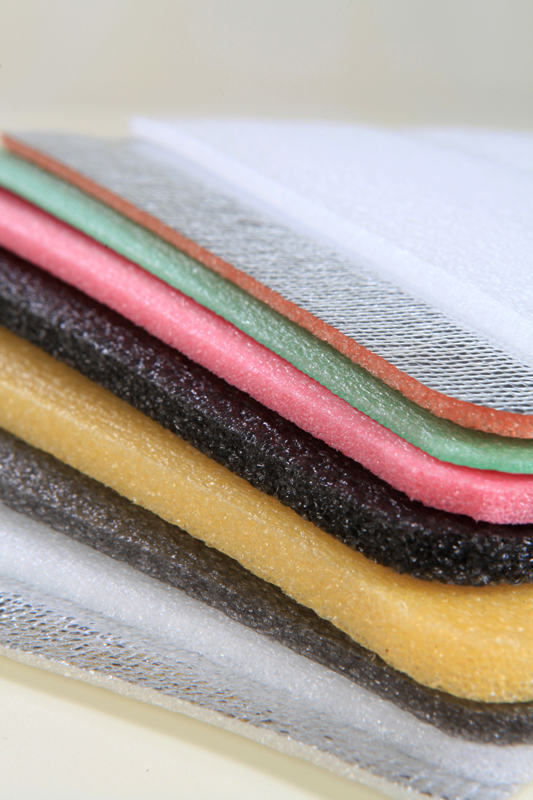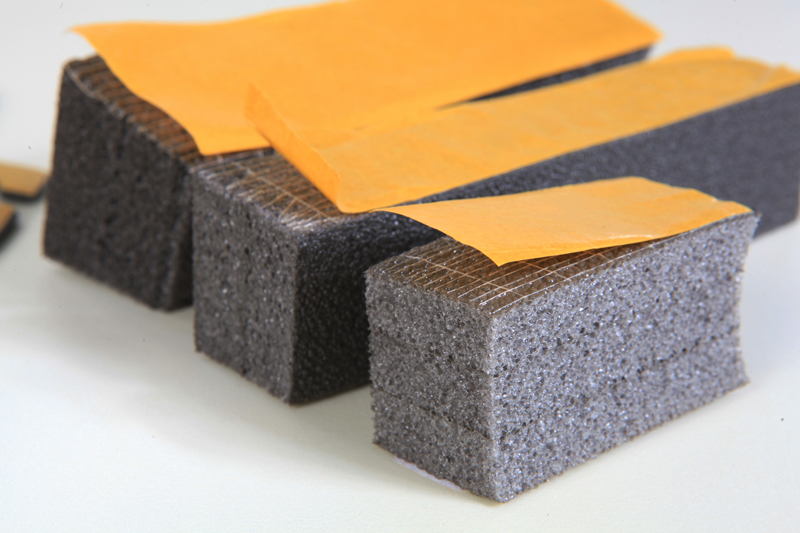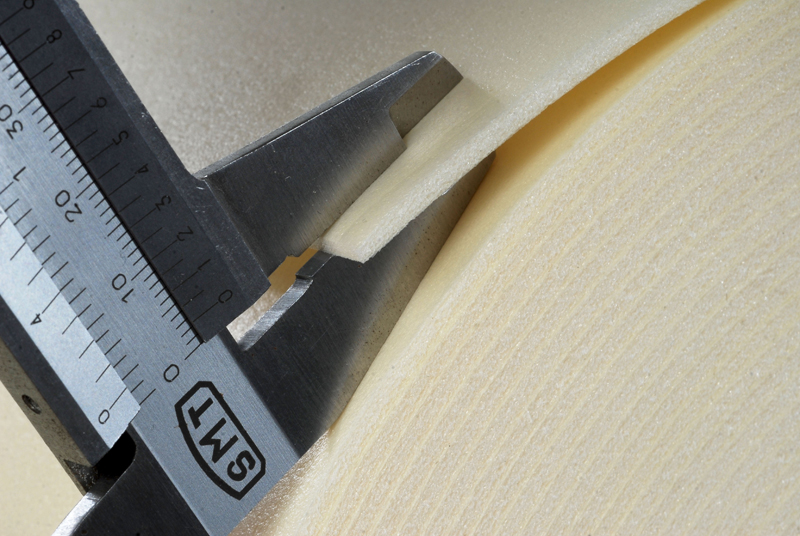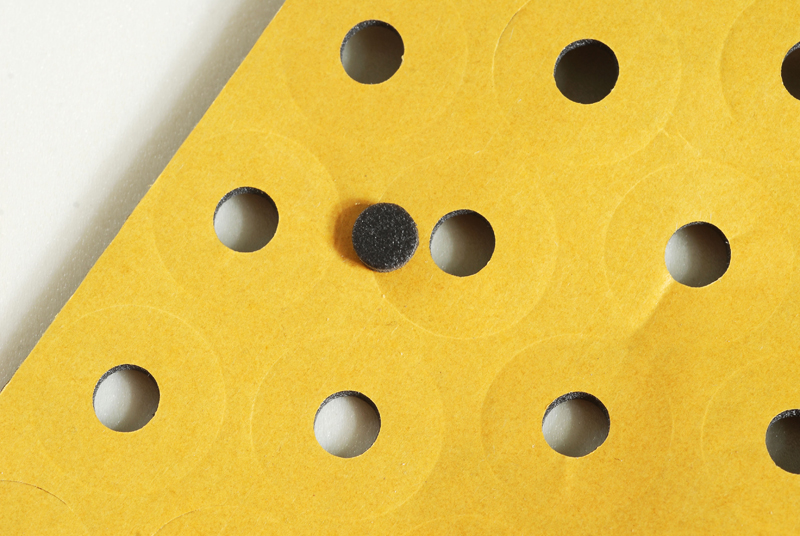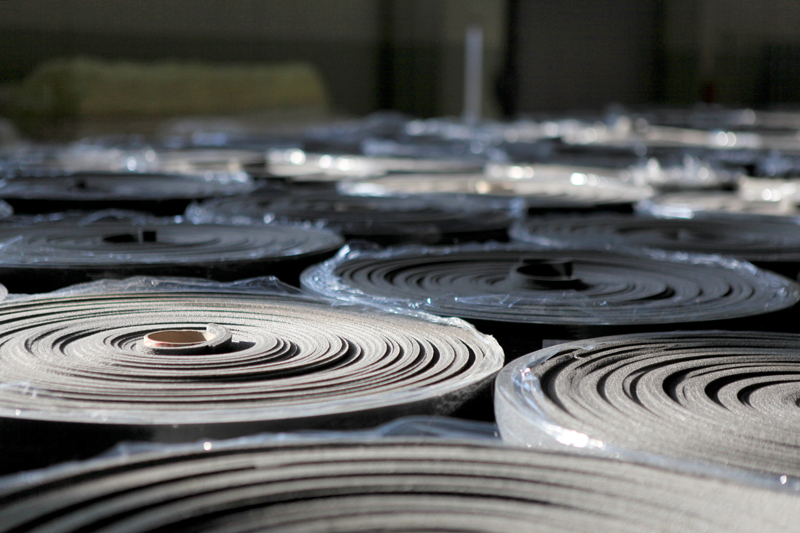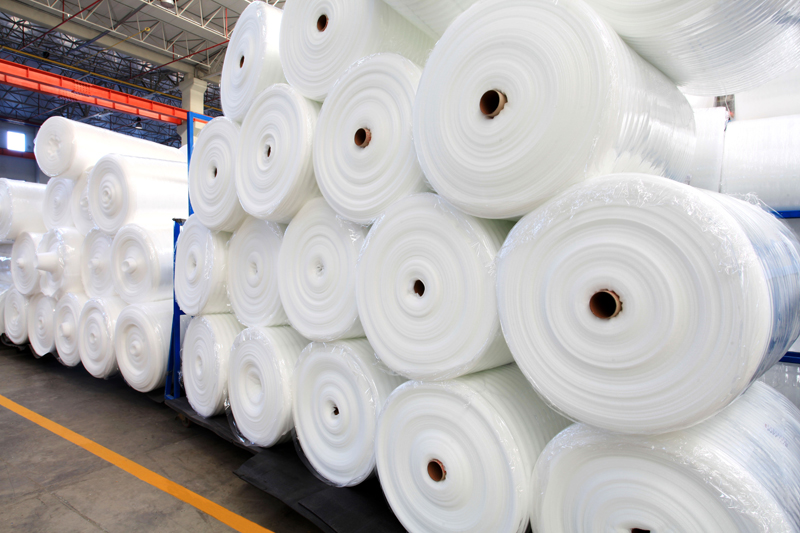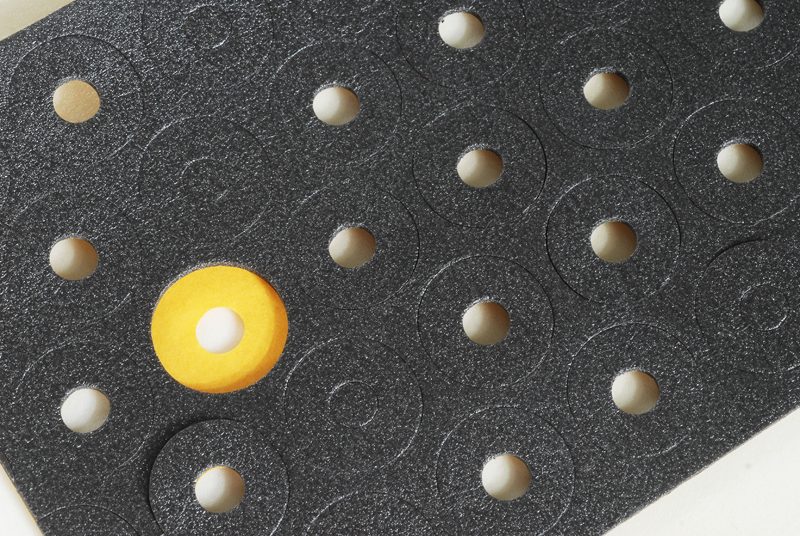Sleep Engineering: The Fascinating Science Behind Your Perfect Night’s Rest
Ever woken up feeling like you’ve been reborn? 😌
I remember my first night on a properly engineered foam mattress – it was like floating on a cloud while being gently hugged! As a sleep product designer for over a decade, I’ve seen how the right foam can transform sleep from a necessity to a luxury. Today, I’ll pull back the curtain on the incredible science that makes your mattress feel like heaven.
Did you know we spend about 26 years of our lives sleeping? That’s why mattress foam isn’t just stuffing – it’s sleep architecture! After helping design mattresses for Olympic athletes and astronauts, I’ve learned that foam technology is the unsung hero of restorative sleep. Let’s dive into this fascinating world! 🌙
The Magic Trio: Pressure Relief, Support, and Temperature Regulation
Great mattress foam performs three crucial functions simultaneously:
- Pressure Relief: Cradling your body’s curves like liquid
- Support: Maintaining spinal alignment all night
- Temperature Control: Preventing that dreaded “sleep swamp”
I once worked with a patient recovering from spinal surgery. Using pressure-mapping technology, we customized a polyethylene foam layer that reduced his pressure points by 62% – his surgeon said it accelerated healing by three weeks! That’s when I realized: foam is medical technology.
Foam Evolution: From Ancient Straw to Space-Age Polymers
Mattress materials have come a long way! Here’s how foam technology has progressed:
| Era | Material | Key Advancement | Limitation |
|---|---|---|---|
| Pre-1950s | Straw, horsehair, cotton | Natural materials | Lumpy, attracted pests |
| 1960s | Polyurethane foam | Consistent comfort | Trapped heat, degraded quickly |
| 1990s | Memory foam (viscoelastic) | Pressure relief | Heat retention, slow response |
| 2010s | Gel-infused foams | Temperature regulation | Higher cost |
| Today | Physically cross linked polyethylene foam | Cooling + durability | Specialized manufacturing |
The NASA-developed memory foam we now enjoy was originally created for spacecraft seats! Astronauts needed cushioning that would absorb G-forces during launch – talk about technology transfer! 🚀
The Density Dilemma: Finding Your Perfect Firmness
Foam density is measured in pounds per cubic foot (PCF) – here’s what it means for your sleep:
- 2.5-3.5 PCF: Plush feel, best for side sleepers
- 3.5-4.5 PCF: Balanced support, universal comfort
- 4.5+ PCF: Firm support, ideal for back/stomach sleepers
Pro tip: Higher density doesn’t always mean firmer! I once helped a couple with different preferences by creating a dual-layer mattress using chemically cross linked polyethylene foam on his side and softer memory foam on hers – marital harmony restored! ❤️
Temperature Technology: Beating the Nighttime Sweats
Traditional memory foam could feel like sleeping on a heating pad! Modern solutions include:
- Phase-change materials: Absorb and release heat like thermal batteries
- Open-cell structures: Allow 5x more airflow than traditional foam
- Gel infusions: Microbeads that conduct heat away from the body
- Copper infusions: Natural thermal conductor with antimicrobial benefits
In our lab tests, advanced PE foam with cooling channels maintained temperatures 7°F cooler than traditional memory foam – a game-changer for hot sleepers! 🔥❄️
The Support Science: Spinal Alignment Engineering
Your mattress isn’t just soft – it’s a precision spinal alignment device:
Through pressure mapping and motion studies, we’ve learned:
- Hips and shoulders need 30% more sinkage than the waist
- The ideal mattress keeps ears, shoulders and hips aligned
- Foam must rebound quickly during position changes
For a professional tennis player client, we developed a zoned physically cross linked polyethylene foam mattress that supported her shoulder differently than her hips. Her back pain disappeared, and her ranking improved! 🎾
This sleep research facility in Turkey is pioneering foam technology – where I first witnessed 3D body scanning used to create personalized mattress profiles!
Durability Secrets: Why Some Foams Last Decades
Ever noticed mattress sagging? That’s foam breakdown. High-performance foams resist this through:
- Higher density cores: 4+ PCF resists indentation
- Cross-linking: Creates molecular “hand-holding” for strength
- Layered construction: Different foams for different functions
- Certifications: Look for CertiPUR-US® verified foams
In accelerated aging tests, chemically cross linked polyethylene foam maintained 94% of its support after 15 years of simulated use – truly a lifetime investment!
Eco-Friendly Sleep: Sustainable Foam Innovations
Modern mattress foams are going green without sacrificing performance:
- Plant-based foams from soy, castor oil, or algae
- Recycled content from plastic bottles
- Biodegradable formulations that break down in landfills
- Water-based adhesives instead of toxic glues
I recently slept on a mattress made from recycled ocean plastic – not only was it comfortable, but it gave me the warm fuzzies knowing I was resting on reclaimed waste! 🌊♻️
The Future of Sleep: Smart Foam Technologies
Tomorrow’s mattresses will be sleep partners, not just surfaces:
- Responsive foams: Adjusting firmness as you move
- Health monitoring: Detecting breathing patterns and heart rate
- Temperature zones: Different settings for each partner
- Self-cleaning: Antimicrobial foams that resist odors
I’m testing prototypes with micro-sensors that gently vibrate to break up snoring – goodbye to elbow jabs for your partner! 😴💤
Choosing Your Perfect Foam: A Sleep Scientist’s Guide
After years of mattress testing, here’s my foolproof selection method:
- Test properly: Lie down for 15+ minutes in your sleep position
- Consider your body: Weight and sleeping position determine ideal firmness
- Check certifications: Look for CertiPUR-US®, OEKO-TEX®
- Feel the layers: Quality mattresses have 3+ specialized foam layers
- Know trial periods: Reputable brands offer 100+ night trials
Remember that polyethylene foam offers exceptional durability for the support layer, while memory foam provides dreamy comfort on top.
The Science of Sweet Dreams: Concluding Thoughts
As I look at sleep tracking data showing how proper foam increases deep sleep by 22%, I’m reminded: we’re not just selling mattresses, we’re selling better lives. That well-rested feeling impacts everything from productivity to relationships to health.
The next time you sink into your bed, appreciate the years of science beneath you. From NASA labs to sleep clinics, foam technology represents humanity’s quest for perfect rest. After all, life’s too short for bad sleep! 😴✨
What’s your biggest sleep challenge? Share below – I’d love to help you engineer your perfect night’s rest! 💬

